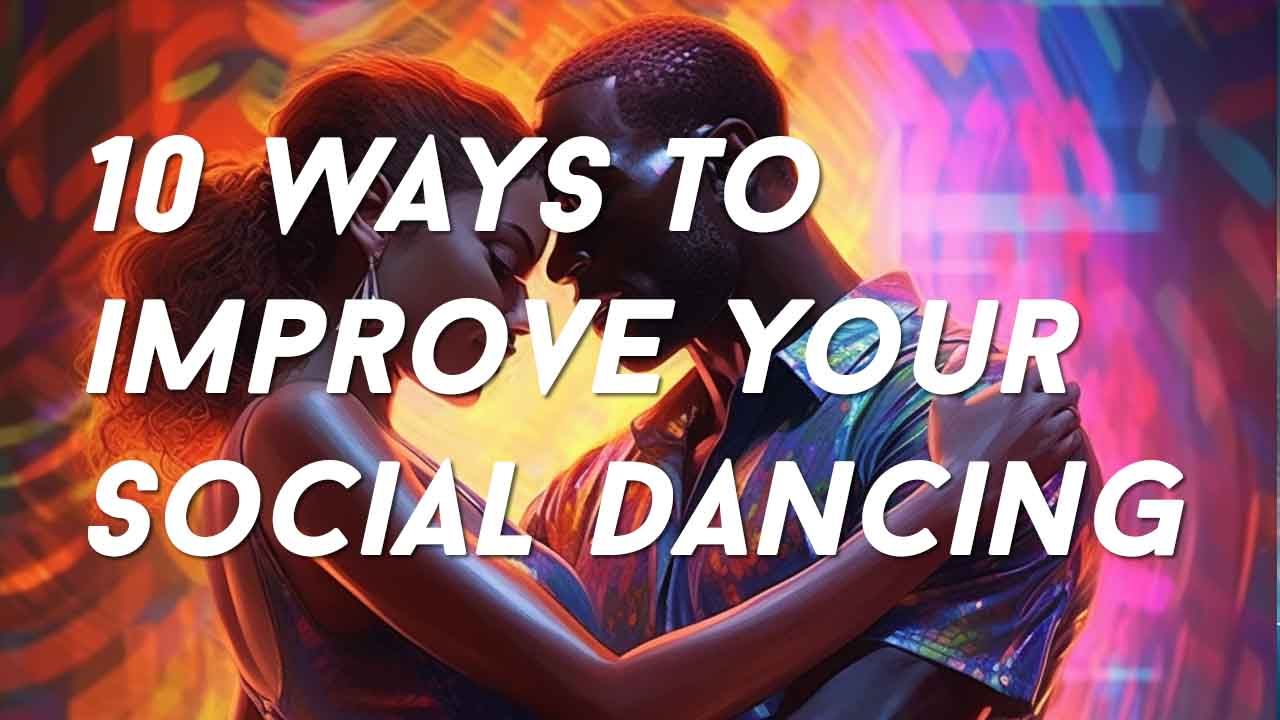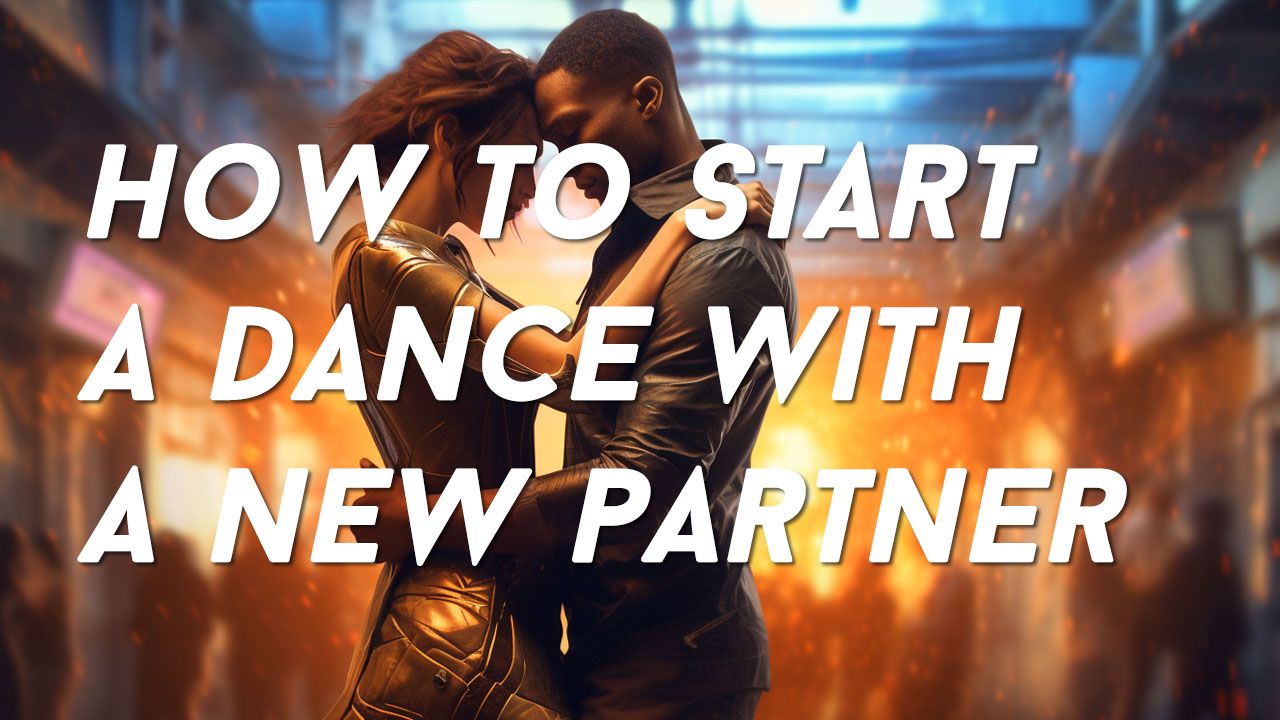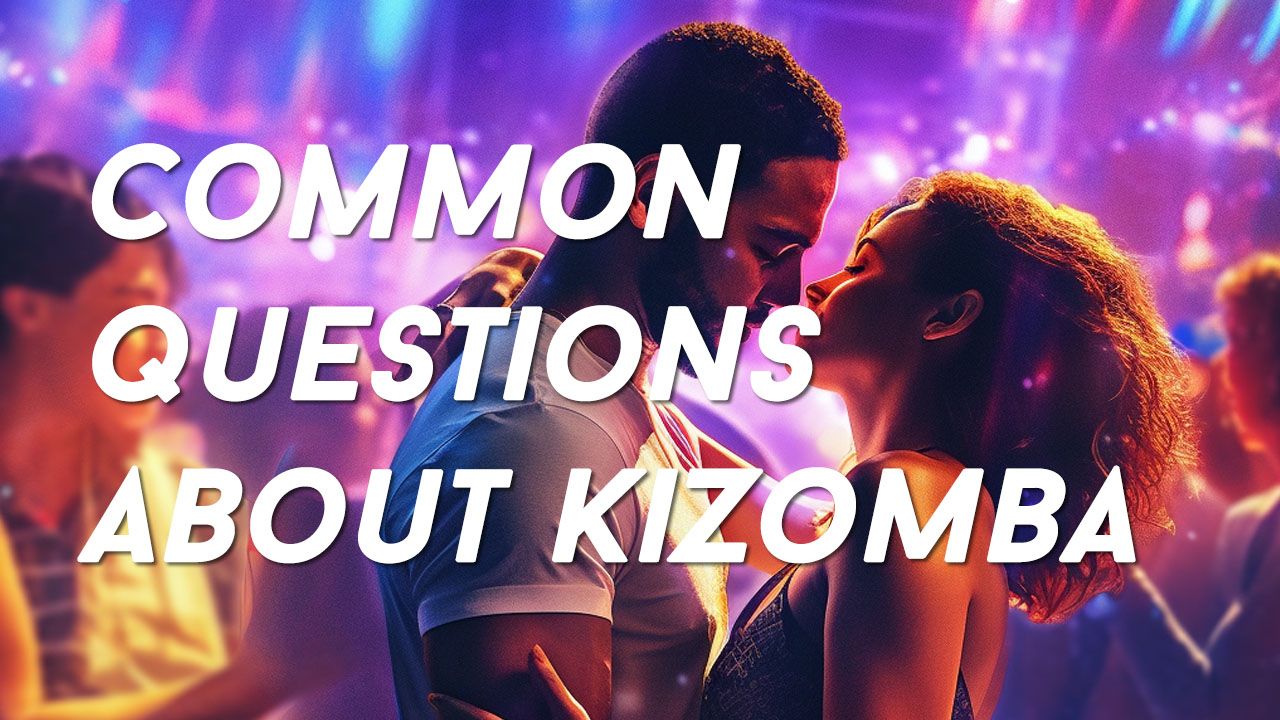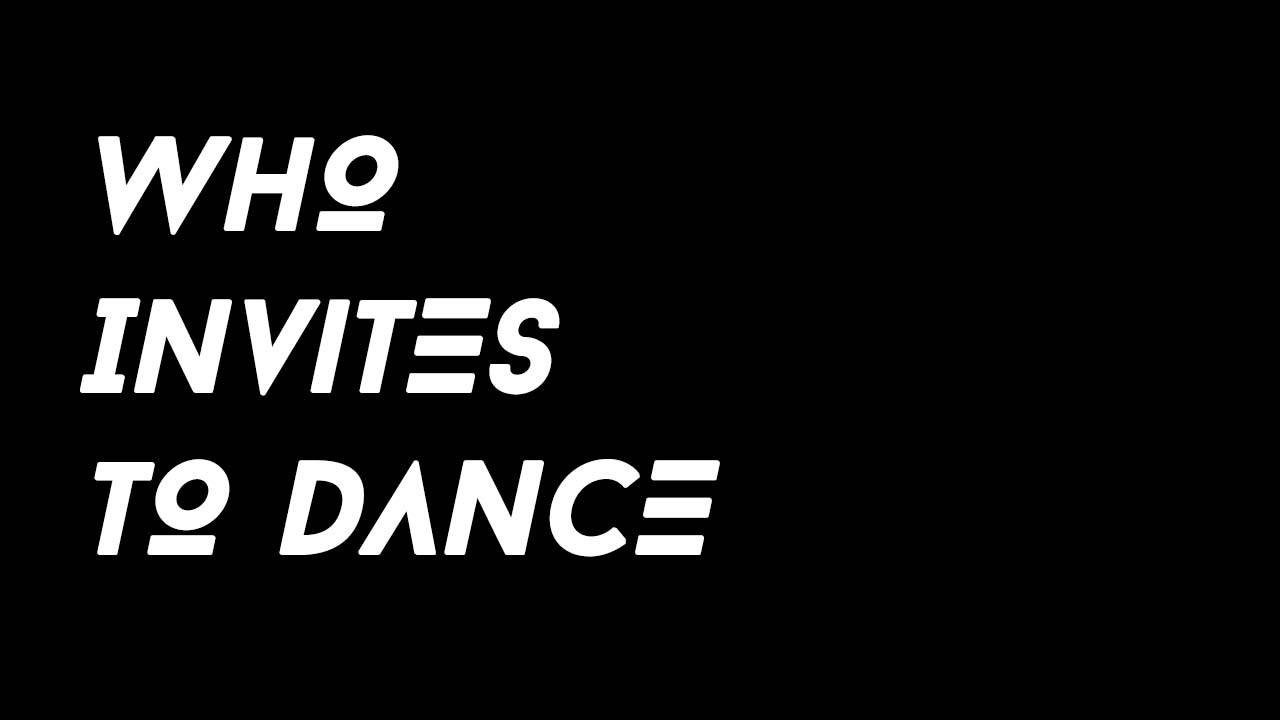Everything About How to Invite to a Dance

Inviting to Dance
I know of one dance that is quite different from what I am going to talk about here - tango. In tango traditionally you invite using the "Cabeceo". The translation is "nod of the head", and it is a non-verbal invitation to dance.
This is an excerpt from one of my books - "The Secrets of Social Dance - How to Become a Popular Dancer" which you can find on Amazon as ebook and paperback.
Basically, it works like this: The man looks at the woman, and when she meets his gaze, he nods with his head to indicate he wants to dance. If she accepts, she will move towards him, they meet and dance. If she doesn't accept, she will look away. In addition, a similar Cabeceo is also used between leads when entering the dance floor. You "ask" a dancing lead with a cabeceo if it is ok to enter the dance floor. If you get the Cabeceo back, you may enter. Another detail from tango is what is called a "Mirada" from a follow to a lead. In a way, it is like asking someone to dance, or...
Challenges for Beginner Leads and How to Conquer Them

If you are a social dancer I believe you are very smart! It's one of the best decisions you could make. Social dancing has so many benefits, but besides being an exciting and rewarding experience, it can also be very challenging or even frustrating. For follows, and maybe even more so for leads.
As a new dance lead, you may face a number of challenges that can make it difficult to progress and enjoy the experience. Here are five common challenges that a new lead may face when starting to dance, and also how to make it all easier.
-
Learning the Basic Steps: One of the biggest challenges for a dance lead is learning the basic steps of the dance. All dances have a specific set of basic steps that are used to build more complex patterns and moves. Learning the basic steps of a dance can be challenging, but with time and practice, you'll be able to master them. However, the actual steps are not the biggest challenge.
-
Leading Your Partner: As the dance leader,
...
10 Quick Ways to Make Your Dance Partner Happier

In this post I quickly share 10 ways (in no specific order) you can make your dance partner happier when they dance with you. It is not all you can do, just a few pointers. You can read muuuch more in my book - "The Secrets of Social Dance - How to Become a Popular Dancer" which you can find on Amazon.
-
Be attentive and present:
Focus on your partner and be fully present in the moment you share together. This will make your partner feel appreciated and valued. -
Maintain good posture:
Maintain good posture and body alignment, as this will make it easier and more comfortable for your partner to dance with you. Do not bend over or under your partner. -
Make sure you have good hygiene:
Take a shower before the dance and wear clean clothes. Use some deodorant. Brush your teeth and maybe use chewing gum or mints. This will make you more pleasant to dance with. -
Dress appropriately:
...
Dress appropriately and make sure your outfit is suitable for that dance, and comfortable for
10 Ways to Improve Your Social Dancing

No matter if you dance salsa, bachata, tango, kizomba, urban kiz, west coast swing, foxtrot, lindy hop or any other social dance, here are 10 tips on how to improve your dancing! Let's get to it!
- Practice:
There is no substitute for practice. If you want to become good, you have to dance a lot. Regular practice will help you to refine your movements, build muscle memory, and become more confident on the dance floor. It also gives you an opportunity to try new techniques, experiment with different styles, and work on timing and coordination with your dance partners. How much you practice depends on how much time you have, and how fast you want to become better. - Take lessons:
Unless you are unbelievably talented and just do things right straight away you should take lessons. Taking lessons from a professional dance instructor can give you guidance and feedback on your technique. An instructor can help you to correct any bad habits, provide new ideas, and help you to understand the i ...
How to Start the Dance with a New Partner

I recently got this question after one of my regular classes. At least it was something along these lines:
"How do I start the dance"
I have to say it's an excellent question. And as so many questions, the answer is "it depends". But hey, don't stop reading yet! That's not the end of the story!
If we dance with someone we already know, theoretically we can go full speed directly. But it is normally much nicer to start a bit slow first.
And if it is someone we don't know? How do we start? Glad you asked...
This is how I usually go about it. And this is valid for the kiz/kizomba scene. If you dance salsa, bachata or any other dance, you can apply this type of progression to them too, but using techniques from those dances.
First of all, I try to find a good position—a good hug. I try to make it as comfortable as possible, and I search for a position in hands, chest, embrace, head and so on that is comfortable for us both.
After that I start shifting the weight, taking small st...
Common Questions About Kizomba

Let's clear up some misunderstandings. Here are some short answers to common questions about Kizomba
Is Kizomba an African dance?
Yes, Kizomba is definitely an African dance. It has origins in Angola and other former Portuguese colonies in Africa, such as Cape Verde, Mozambique, Guiné-Bissau, São Tomé e Príncipe. On the link you can read more about where Kizomba is from. And learn even more about the history of Kizomba.
Is Kizomba a Latin dance?
No, Kizomba is definitely not a latin dance, even if it in many countries co-exists and is danced at the same events as Salsa and Bachata, which are latin dances. So, for instance, many dance festivals offer Salsa, Bachata and Kizomba and have different rooms for workshops during the days and different floors for the respective dance styles at the dance parties at night. But this doesn't mean Kizomba is a Latin dance.
Is Kizomba Portuguese?
No, Kizomba is not Portuguese. However, Portugal was the first country in Europe where people danced...
Where is Kizomba From?

Some of the most common questions about Kizomba is where it comes from? Where did the dance Kizomba originate?
The Dance
There has always been a bit of a debate around this. When I started dancing Kizomba in 2011 some teachers (the Angolans) claimed Kizomba was from Angola and others (the Cape Verdeans) claimed it was from Cape Verde. It seemed like it was a struggle to claim Kizomba for their own country. Now it seems to me that the general consensus favours Angola. I hear most people say the dance is from Angola. And it is clear that the word “Kizomba” is a word from Kimbundu (an African bantu language common in Angola) and it means “party”.
But with that said, it is also true that people have danced very similarly, with slight variations, in most PALOP countries as well as in Portugal. Sometimes calling it Kizomba and sometimes another name on the dance. And there is a lot of music in Kizomba parties that is not from Angola. What is clear is that there has been a lot of influenc...
Who Invites to Dance?

We are in the 2020s. The world is more and more equal and open-minded.
Even if traditionally there was the rule that men dance with women and that men invite to dance, now we increasingly see women dancing with women, and also men dancing with men. And it is very common that women ask men to dance, no matter what role they take on the dance floor.
This is an excerpt from one of my books - "The Secrets of Social Dance - How to Become a Popular Dancer" which you can find on Amazon.
I know that some women still struggle to invite men. They feel that they shouldn't have to, or that it is the responsibility of the men.
However, I believe that we have reached a point where it is hardly possible to maintain that position any longer if you want to dance.
- First of all, we have the fact that there are often proportionally more women in the social scene. So, with women outnumbering men, women are already at a disadvantage if they want to dance. There is more competition for the men, an ...
Good Technique Leads to Better Musicality

First of all, it makes the dance technically better. When we dance couple dances there is always leading and following. The leader sends a signal and the follower has to interpret that signal.
This is an excerpt from my book about musicality - "The Secrets of Musicality for Dancers - Learning Nine Essential Skills for Musicality in Dance" Just click the link.
With better technique, the leader will send a clearer signal so there will be less guessing and back-leading. And the timing of the leading will be better. The follower will be better at listening to and reacting to the signal. The interpretation will also be better. And the execution of steps or moves from the follower will be better, with better timing.
The leader then needs to listen to the feedback from the follower. Is the interpretation of the leading correct? Or was there some misunderstanding?
If the follower had good technique, there will be less problems that need to be adapted to. It might be easier to listen...
Negative Effects of Social Dancing

Previously I wrote about the Positive Effects of Social Dancing. Even if I would like to talk only about the upsides, there are some downsides to social dancing too. Not that many, but some.
This is an excerpt from one of my books - "The Secrets of Social Dance - How to Become a Popular Dancer" which you can find on Amazon.
If you have spent any time in the scene, I think you know that it is almost addictive. People who don't dance can have a hard time understanding this feeling.
We might start with a class per week. Then we start going out to dances. Maybe once a week at first, and then increasingly more. We sign up for more classes, we go out even more. We might start going to festivals on the weekend.
It is like a drug. The more we get, the more we want. And it is not that easy to stop. We keep wanting more.
This can cause some side effects. I think it is pretty rare that people start skipping work. Heavy drugs can cause that effect. But late nights on the dance floor ca




